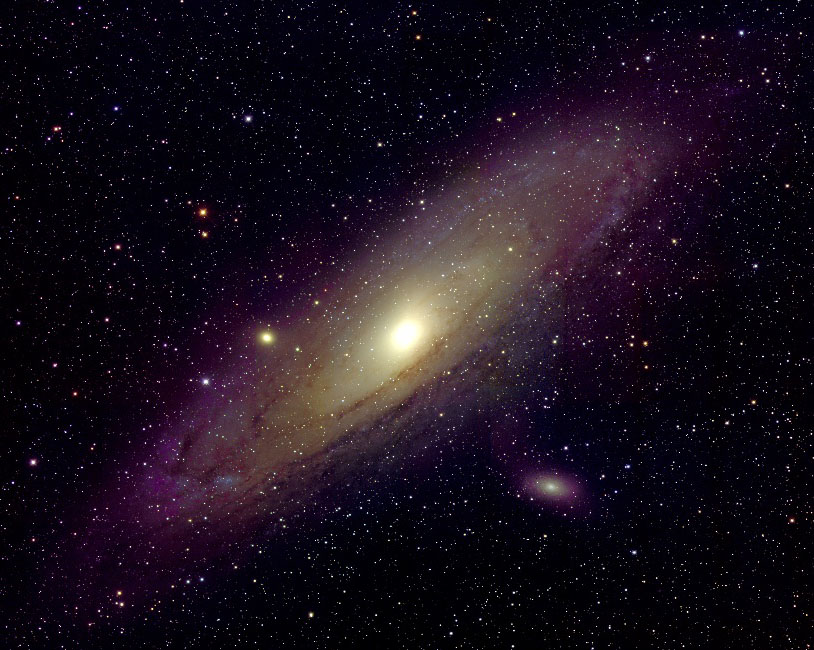Hello and welcome to this year’s first edition of Observatory Corner! Initial weather forecasts continue to look promising throughout the weekend and through Monday and Tuesday, but Wednesday and Thursday threaten to bring rain and clouds, making observing unlikely. However, don’t take my word for it, and as always check http://www.wunderground.com/US/MI/Grand_Rapids.html for more accurate forecasts the day you want to visit. The sun is setting earlier and earlier, so we will be opening earlier and earlier! With sunset at about 7:30 p.m., we’re now open from 8 to 11 Monday through Thursday, but remember that regardless of when the sun sets, we will never open before 7:30.
As the days pass, Saturn slips below the horizon earlier and earlier. As of tonight, Friday, Sept. 26th, Saturn will only be visible until about 8:25 p.m., so if you want to see it, now’s your last chance! It will only be up until about 8:15 on Monday and 8:10 on Tuesday, and after that we won’t be seeing it again during observatory hours until next fall.
Mars won’t be visible for much longer, either. It will only be up until about 9 p.m. next week (Sept. 29th-Oct. 2nd), and it will set slightly earlier each night until Oct. 30, when it will no longer be visible during observatory hours. We won’t be seeing Venus or Jupiter until at least January, and the open star cluster the Pleiades (The Seven Sisters) will become visible by 10 in October. Orion (The Hunter) will also start to make an appearance as early as 9 in December and will stay with us for most of the spring semester, so stay tuned!
The Summer Triangle is still beautifully visible in the sky, as is M57, the Ring nebula, and the globular star cluster M51. Now is also the perfect time to get a close-up view of the core of the M31, the Andromeda galaxy, the closest galaxy to our own Milky Way galaxy.
The image below is comprised of some 2,700 images covering 98 fields, and took over four and a half years to complete! The best cameras today can take up to 20 megapixel images, but this is a 50 megapixel image, the highest-resolution image of Andromeda in existence! A poster of this will also soon be posted along one of the walls on the first floor of the Science Building. Let’s hear it for Calvin alumni Jess Vriesema and Melissa Dykhuis and current senior Dan Van Noord for their amazing work on this project!
Final times have yet to be worked out for our proposed solar viewing sessions, but we’ll keep you updated as the details are finalized!
Space is a very big place, and there’s always something new happening. Stay tuned for more astronomy news next time!








